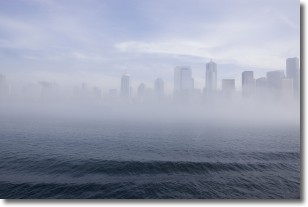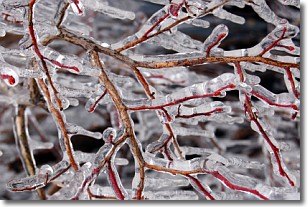Weather Alerts for California
1. Extreme Heat Warning for: Del Norte Interior; Northern Humboldt Interior
2. Extreme Heat Warning for: Northern Trinity; Southern Trinity
3. Extreme Heat Warning for: Western Siskiyou County; Central Siskiyou County; Eastern Curry County and Josephine County; Jackson County
4. Heat Advisory for: Lassen-Eastern Plumas-Eastern Sierra Counties
5. Heat Advisory for: Northeastern Mendocino Interior; Northern Lake County; Southern Lake County
6. Heat Advisory for: Northwestern Mendocino Interior; Southeastern Mendocino Interior
7. Heat Advisory for: Shasta Lake Area / Northern Shasta County; Burney Basin / Eastern Shasta County; Northern Sacramento Valley; Central Sacramento Valley; Mountains Southwestern Shasta County to Western Colusa County; Northeast Foothills/Sacramento Valley; Western Plumas County/Lassen Park
8. Heat Advisory for: South Central Siskiyou County; North Central and Southeast Siskiyou County; Northeast Siskiyou and Northwest Modoc Counties; Modoc County; Klamath Basin; Northern and Eastern Klamath County and Western Lake County; Central and Eastern Lake County
9. Heat Advisory for: Southern Humboldt Interior
10. Heat Advisory for: Surprise Valley California; Mineral and Southern Lyon Counties; Greater Reno-Carson City-Minden Area; Western Nevada Basin and Range including Pyramid Lake; Northern Washoe County
11. Heat Advisory for: West Side Mountains north of 198; Los Banos - Dos Palos; Merced - Madera - Mendota; Planada - Le Grand - Snelling; Coalinga - Avenal; West Side of Fresno and Kings Counties; Caruthers - San Joaquin - Selma; Fresno-Clovis; West Side Mountains South of 198; Buttonwillow - Lost Hills - I5; Delano-Wasco-Shafter; Hanford - Corcoran - Lemoore; Visalia - Porterville - Reedley; Buena Vista; Bakersfield; Southeast San Joaquin Valley; South End San Joaquin Valley; Mariposa Madera Foothills; Mariposa-Madera Lower Sierra; Fresno-Tulare Foothills; Fresno-Tulare Lower Sierra; South End Sierra Foothills; South End of the Lower Sierra; Yosemite Valley; San Joaquin River Canyon; Kern River Valley
Want more detail? Get the Complete 7 Day and Night Detailed Forecast!
Current U.S. National Radar--Current
The Current National Weather Radar is shown below with a UTC Time (subtract 5 hours from UTC to get Eastern Time).

National Weather Forecast--Current
The Current National Weather Forecast and National Weather Map are shown below.

National Weather Forecast for Tomorrow
Tomorrow National Weather Forecast and Tomorrow National Weather Map are show below.

North America Water Vapor (Moisture)
This map shows recent moisture content over North America. Bright and colored areas show high moisture (ie, clouds); brown indicates very little moisture present; black indicates no moisture.

Weather Topic: What is Fog?
Home - Education - Cloud Types - Fog
 Next Topic: Fractus Clouds
Next Topic: Fractus Clouds
Fog is technically a type of stratus cloud, which lies along the
ground and obscures visibility.
It is usually created when humidity in the air condenses into tiny water droplets.
Because of this, some places are more prone to foggy weather, such as regions
close to a body of water.
Fog is similar to mist; both are the appearance of water droplets suspended in
the air, but fog is the term applied to the condition when visibility is less than 1 km.
Next Topic: Fractus Clouds
Weather Topic: What is Freezing Rain?
Home - Education - Precipitation - Freezing Rain
 Next Topic: Graupel
Next Topic: Graupel
Freezing rain is a condition where precipitation which has fallen in the form of
water droplets reaches temperatures which are below freezing and freezes upon
coming into contact
with surface objects. The result of this precipitation is a glaze of ice which
can be damaging to plants and man-made structures. A severe onset of freezing
rain which results in a very thick glaze of ice is known as an ice storm.
Next Topic: Graupel
Current conditions powered by WeatherAPI.com




